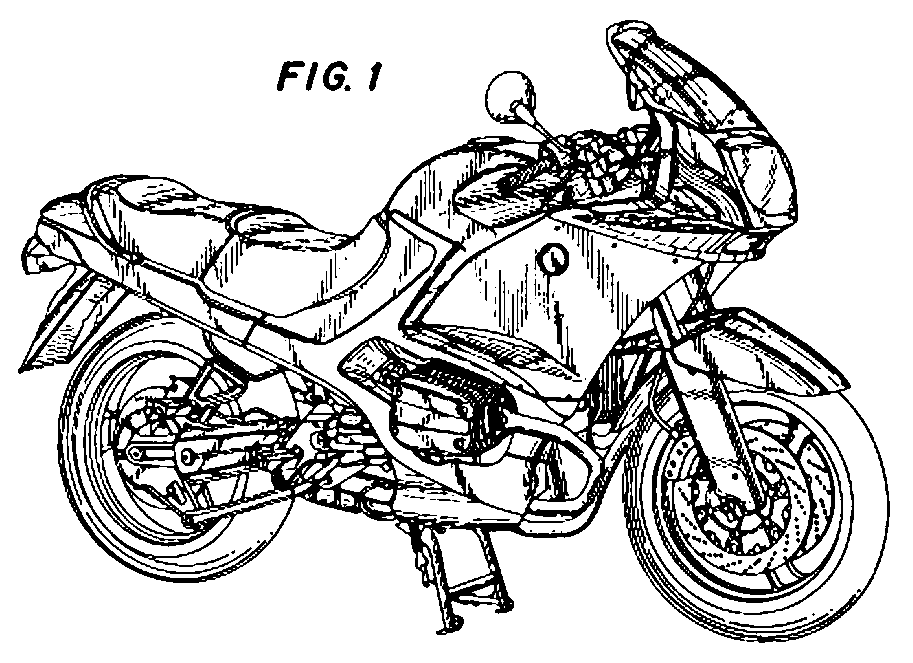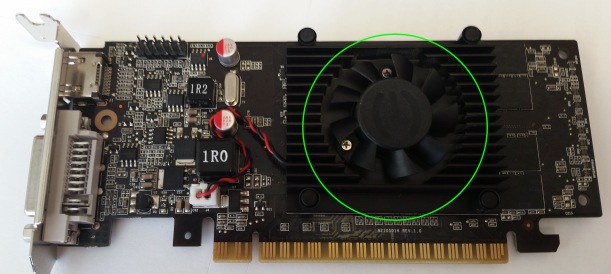The 2015 US Design Patent Tote Board has a firm at tenth place, namely QuickPate nts, founded by patent agent Kevin Prince. Just today I learned that he has written a nice book about patent drawings. The book does not promote Kevin or his firm, but simply celebrates the delightful world of patent drawings. The book, which I recommend, would look nice on anybody’s coffee table.
nts, founded by patent agent Kevin Prince. Just today I learned that he has written a nice book about patent drawings. The book does not promote Kevin or his firm, but simply celebrates the delightful world of patent drawings. The book, which I recommend, would look nice on anybody’s coffee table.
Conspicuous by its absence in the new USPTO Financial Manager system
 A week ago USPTO launched its new Financial Manager system. A core component of this FM system is The New USPTO.gov Account system. As explained on the USPTO web site, The New USPTO.gov Account system “will one day be your single means of accessing USPTO services and applications”. In other words, it will be a successor to the present-day system of logging in at EFS-Web and Private PAIR.
A week ago USPTO launched its new Financial Manager system. A core component of this FM system is The New USPTO.gov Account system. As explained on the USPTO web site, The New USPTO.gov Account system “will one day be your single means of accessing USPTO services and applications”. In other words, it will be a successor to the present-day system of logging in at EFS-Web and Private PAIR.
Unfortunately, the designers of the new USPTO FM system (who I guess are the same as the designers of The New USPTO.gov Account system) failed to follow through on a promise that the USPTO made back in 2012. I’m talking about a promise to let the customer pick how much time would pass before the customer would get forced into a logout from the system.
Continue reading “Conspicuous by its absence in the new USPTO Financial Manager system”
USPTO relocates “contingency” EFS-Web server to Denver patent office
(Edited on August 15, 2018 to draw attention to the April 1, 2016 posting date.)
In an unpublicized move, the USPTO has relocated its “contingency” EFS-Web server to the Denver patent office.
This is, of course, welcome news. Customers of the USPTO well recall the massive system crash in December of 2015, in which the main EFS-Web server and the “contingency” EFS-Web server both crashed and were unavailable for some six days. That massive USPTO system crash reminded everyone of the many reasons why a backup server ought to be located at a geographically separate location from the location of the main server. The backup server ought to receive electrical power in a completely different way than the main server, from a different electric company. The backup server ought to be connected to the Internet in a completely different way than the main server, from a different Internet service provider. Responsible system practice calls for the minimization of the number of “single points of failure” that could knock out both systems at once.
According to the USPTO, a single event at the USPTO on December 22, 2015 having something to do with a power conditioning system knocked out both the main server and the “contingency” server.
Customers of the USPTO also well recall the system crash on May 14, 2014 when both the main EFS-Web server and the “contingency” server crashed for some eighteen hours.
So as I say, today’s development is welcome news. Starting today, April 1, 2016, any failure that were to knock out the main server in Alexandria, Virginia would be very unlikely to knock out the “contingency” server in the Denver patent office (or vice versa). They have different power sources, for example, and different Internet connections.
Kudos to the USPTO for taking this important step!
Now you can hand-file applications in the four satellite patent offices!
The USPTO has made the long-awaited announcement that it is now possible to hand-carry patent and trademark applications for filing in the Detroit, Denver, San Jose, and Dallas patent offices. Each office has a staffed receiving window open until midnight local time, Monday through Friday, excepting federal holidays.
Importantly this will permit filers who are located nearby to the patent offices in Dallas, Denver, and San Jose to hand-carry patent and trademark applications to the local patent office until midnight local time, which is past midnight in Alexandria, Virginia. Such an application will receive a filing date based upon the local time. Thus for example a filer could get a same-day filing date in San Jose by hand carrying an application to the San Jose patent office just before midnight Pacific time, which is almost three hours past midnight in Alexandria, Virginia.
In its announcement, the USPTO cautions filers that if a patent application (other than a provisional application) is filed by means of hand-carrying, a $400 fee is charged for paper filing. That fee is reduced to $200 for a small entity and is further reduced to $100 for a micro entity.
Likewise a hand-carried trademark application incurs a higher government fee than an e-filed application, namely $375 per class as compared with $325 or less per class for an e-filed application.
According to the USPTO’s announcement, the new filing options are available starting today, April 1, 2016.
Have you tried out the new hand-carry filing options at any of these patent offices? If so, please post a comment below and describe how it went.
(Updated to admit that this is an April Fool’s posting.)
How electronic equipment fails these days
In the old days a consumer product might have dozens of moving parts. It was easy to think of ways that the equipment might fail. Any of the moving parts might break or otherwise contribute to failure. But nowad ays a piece of electronic equipment might have very few moving parts or maybe no moving parts. How can such things fail? What is a typical failure mode these days? I have recently come to appreciate that nowadays, for some consumer electronic devices maybe the most common failure mode is the only moving part, namely a cooling fan. Continue reading “How electronic equipment fails these days”
ays a piece of electronic equipment might have very few moving parts or maybe no moving parts. How can such things fail? What is a typical failure mode these days? I have recently come to appreciate that nowadays, for some consumer electronic devices maybe the most common failure mode is the only moving part, namely a cooling fan. Continue reading “How electronic equipment fails these days”
Time of day at RO/IB returns to normal for US filers
On March 13 I blogged that US filers filing PCT applications in RO/IB needed to pay extra close attention to what time it is in Switzerland. The reason is that in the US, Daylight Saving Time happened on March 13. But did not happen on that day in Switzerland. This meant that for the past two weeks, a US-based filer in (for example) the Mountain Time zone would be able to e-file in RO/IB as late as 5PM and still get a same-day filing date. This differed from the usual drop-dead time of 4PM.
Today (March 27, 2016) is the day that Daylight Saving Time happens in Switzerland. The consequence of this is that the time difference between the US filer’s time zone and the time in RO/IB is back to normal. So for a US-based filer in the Mountain Time zone, the drop-dead time returns today to the usual 4PM.
This change also affects a US-based filer filing a design application in the IB’s Hague Agreement e-filing system.
US PCT filers get yet another option for International Searching Authority
Until now a US filer of a PCT application had the ability to choose from any of a list of seven International Searching Authorities — ISA/US (the USPTO’s contractors), ISA/EP (the European Patent Office), ISA/KR (the Korean patent office), ISA/AU (the Australian patent office), ISA/RU (the Russian patent office), ISA/IL (the Israeli patent office), and ISA/JP (the Japanese Patent Office). Starting a week from now, on April 1, 2016, US filers will be able to choose from a longer list of eight International Searching Authorities.
Continue reading “US PCT filers get yet another option for International Searching Authority”
USPTO stops publishing IP addresses of trademark customers
USPTO did a good thing recently.
About a year and a half ago, I pointed out (see blog post) that the USPTO was publishing the IP addresses of trademark customers. This was a Very Bad Thing. I am delighted to be able to report that USPTO has taken corrective action.
Continue reading “USPTO stops publishing IP addresses of trademark customers”
Trap for the unwary — a new patent Filing Receipt after a Notice of Allowance
Patent applicants and practitioners need to be extremely vigilant for the possibility that the USPTO might mail out a new patent Filing Receipt after a Notice of Allowance. Failure to pay close attention to such a new Filing Receipt, and failure to take prompt action when called for, could lead to a granted patent with different information on the front page than was intended.
Continue reading “Trap for the unwary — a new patent Filing Receipt after a Notice of Allowance”
Meet the Bloggers XII
Will you be in Orlando at the time of the 2016 INTA annual meeting? If so, you might want to attend the twelfth annual Meet the Bloggers. This is your opportunity meet the writers of some of the most widely read intellectual property and trademark related blogs. To find out more, go to https://www.meet-the-bloggers.com/.




